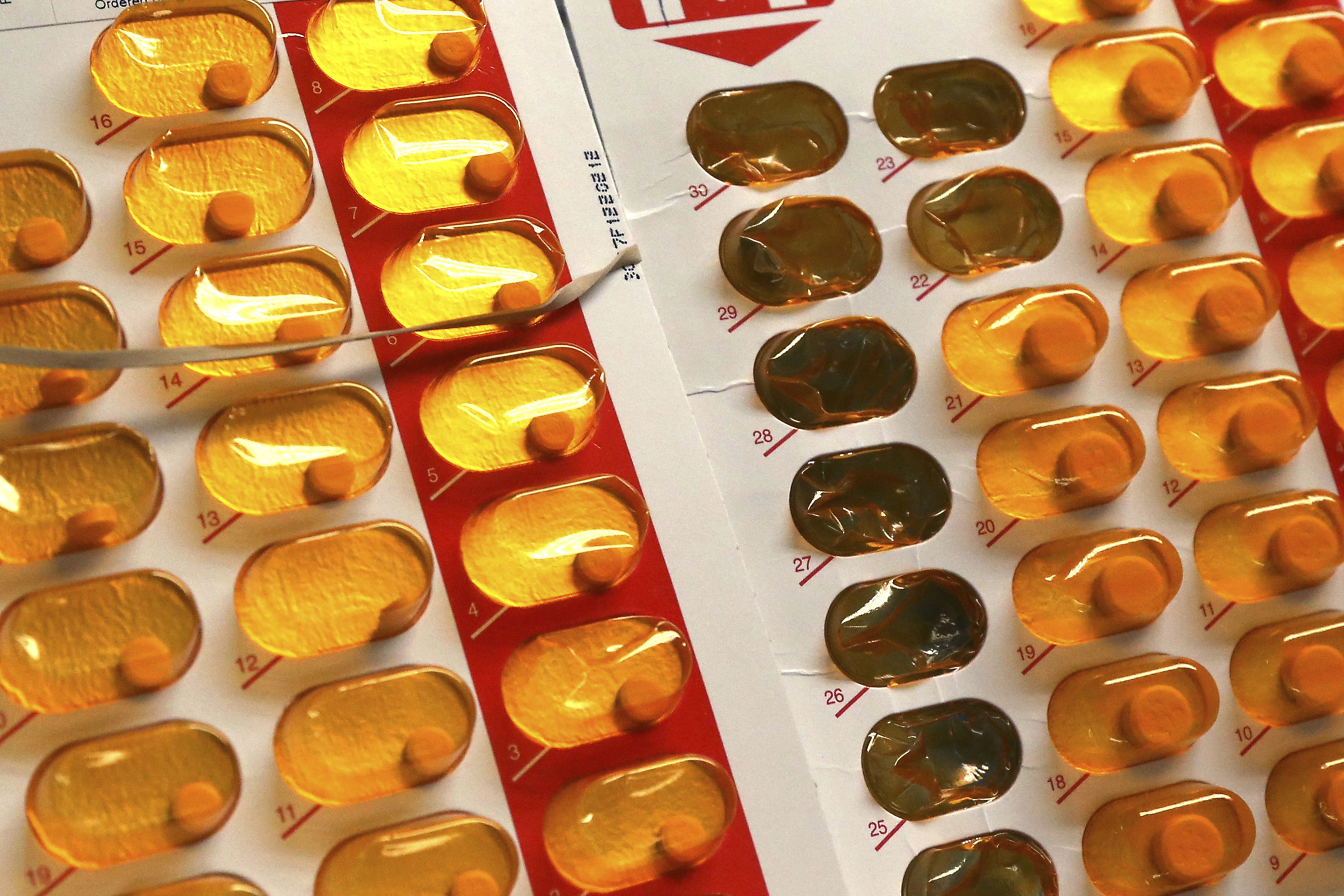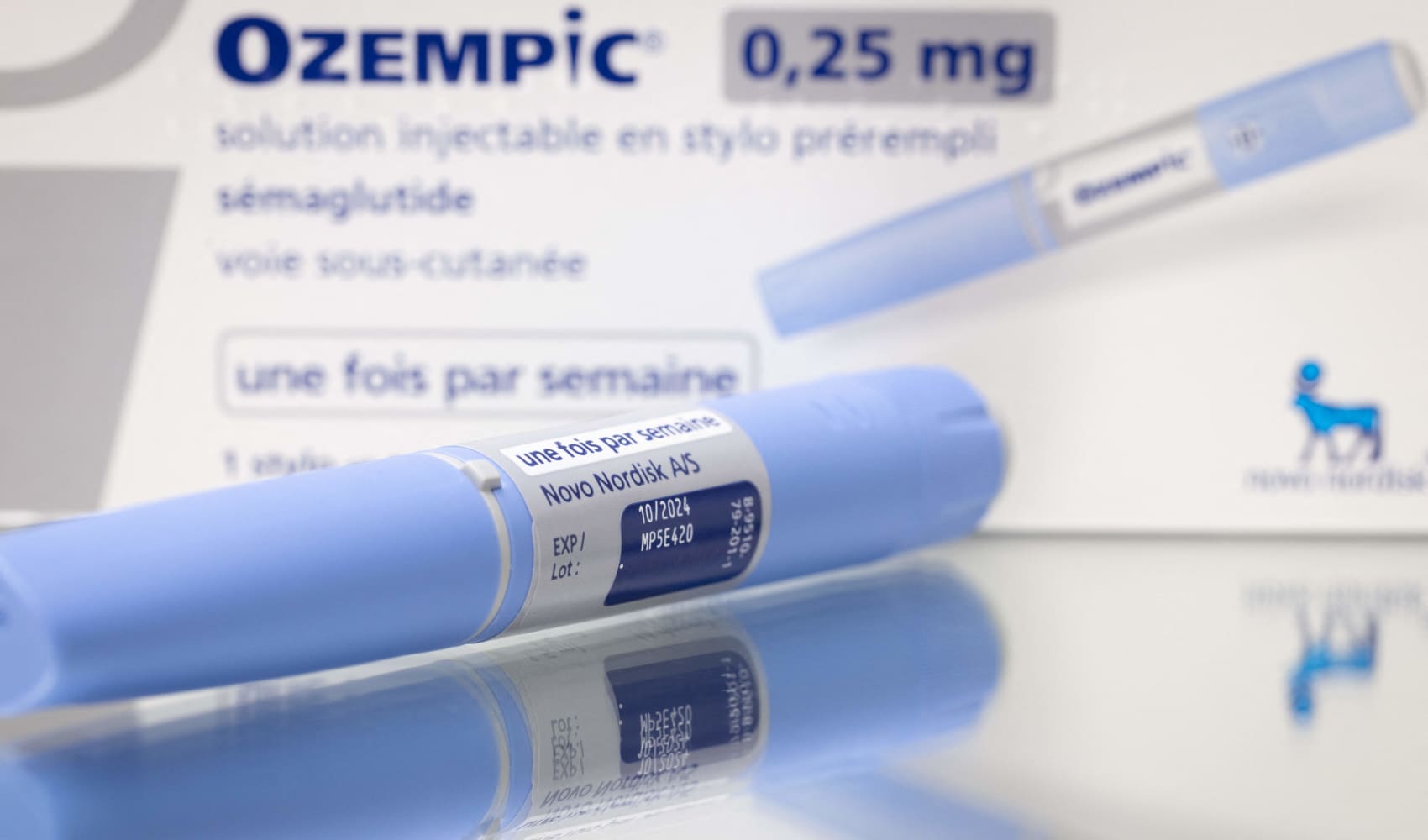A doctor screens embryos for disease, ruling out those with Down syndrome, hemophilia and muscular dystrophy. He then selects only the male ones from the resulting batch to be implanted into the mother, who is hoping for a perfect baby boy.
It seems like a scene out of a science-fiction movie, but genetic selection is a reality that is giving hope to couples who want the healthiest baby possible, while raising some ethical eyebrows.
The technique, known as pre-implantation genetic diagnosis (PGD), is done in addition to traditional in vitro fertilization (IVF). While doctors would normally select several healthy-looking fertilized eggs from a couple to be implanted into the uterus, PGD offers couples the chance to peer much more deeply into their child's future.
"[I would recommend it to] those couples who are definitely at risk to have a child with a genetic disease that we could test for," says Dr. Carolyn Givens, associate medical director at Pacific Fertility Center in California.
Weeding Out a Genetic Disorder
By removing a cell from a 3-day-old embryo, a technician can screen its DNA for either specific genetic defects, like cystic fibrosis, or for larger, chromosomal abnormalities, like the one that causes Down syndrome.
Lab technicians are currently able to screen embryos for about 130 different, inherited genetic diseases, and new ones are being added as understanding of the human genome grows. At this point, PGD is only used to look for one or two specific diseases that a family has reason to be worried about. For example, a couple undergoing IVF who has a family history of Huntington's Disease, a degenerative brain disorder, may elect to have PGD performed to remove any embryos that have the genetic signs of the disease.
The argument in favor of this selection is that any round of IVF, with or without PGD, will almost always result in embryos being discarded. PGD simply ups the odds that the selected embryos will result in a successful pregnancy and healthy child.
Health
But older women with no family history of genetic disease have slightly different concerns. According to Givens, women over 40 years of age have a 1 in 40 chance of conceiving a child with a spontaneous genetic defect, as compared to a 1 in 200 risk at the age of 34. At this time, PGD can be used to check nine of the 23 chromosomes for these kinds of aberrations, giving older women who have struggled with fertility a greater chance of having a healthy child. In these cases, the decision to go through with PGD often comes down to a family's beliefs.
"A women may say, 'Well, you know, I just could never terminate a pregnancy, but I could discard an embryo that was abnormal,'" says Givens.
But Givens has strong reservations about offering this expensive test (which is seldom covered by insurance) to her older patients since the vast majority of chromosomal problems cannot develop and will naturally weed themselves out. "What are we really saving the patient? What are we really offering her?" Givens asks.
Additionally, human error is always a possibility. And while labs generally report success rates of 90 percent and higher, there is always the small chance that a selected embryo will still have a genetic defect, making it all the more difficult for a mother to bear once the baby is born.
Increasing Fertility Success
One of the positives of PGD is that it allows doctors to look into an embryo's genetic makeup, so it also gives doctors insight into why some couples have been unable to have a successful pregnancy.
If a young couple has had numerous miscarriages, an embryologist may find that 9 out of 10 of their embryos are genetically abnormal in a way that will always result in a failed pregnancy. Then, doctors can look to either the man's sperm or woman's eggs as the source of the problem and can better counsel the couple about fertility options.
"It helps people decide to move to a different type of therapy more quickly rather than suffering through a lot of expensive in vitro fertilzation," says Dr. Beth Ary, reproductive endocrinologist at the Reproductive Specialty Medical Center in California, "And then you're able to move on to something that's really going to fix what's wrong."
Picking and Choosing
Even though PGD increases the rate of successful IVF, the biggest concern is that PGD will eventually lead to creation of babies' being tailor-made to parent specifications. While the technology isn't at that point just yet, doctors are beginning to see what the ethicists are worried about.
"Some lab directors just have a policy that they don't want to do PGD because they're afraid people would use it to choose the sex of their baby," says Ary.
Both Ary and Givens say they have had patients undergoing PGD who requested that the doctors select only embryos of a specific sex to be reimplanted. But both doctors report that the tendency is for families to choose a sex that balances out their family tree, requesting a girl, for example, to be added to a family of three boys. "But our most common request is to put back one boy and one girl [embryo] that are normal," says Ary.
And even if a family wants to choose the sex of their child for a religious or cultural belief, some doctors argue in favor of performing a PGD for this purpose, saying that it may prevent an abortion later if a pregnancy is of the undesired gender.
For now, it seems the benefits of PGD outweigh most ethical concerns, as technology is far from the point where scientists can construct babies from the genetic raw materials of their parents.
"The real message is that we are not testing for trivial things like height or hair color or intelligence," says Givens, "We're not trying to create designer babies. We're trying to lower the risk of genetic disease, eliminate the need for people to have to abort pregnancies for genetic diseases, and we are trying to help people to have a healthy pregnancy."
As the geneticist in the sci-fi movie Gattaca says, "this child is still you, simply the best of you."



